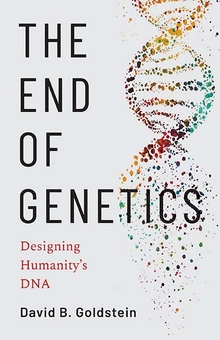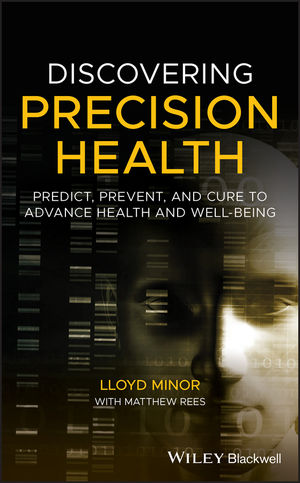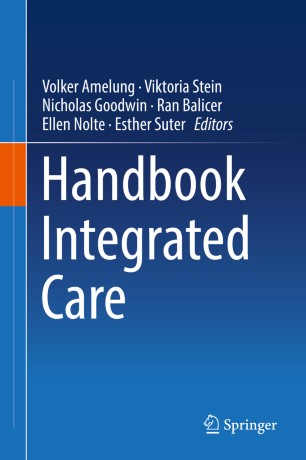How Much Is a Human Life Worth? A Systematic Review
The distinction between a statistical life and a human life is crucial. Generally, economic research and policy evaluation aims at eliciting the VSL. A common misconception is that the VSL expresses the value for which an individual would trade their life. It does not. The VSL identifies how people value a smallreduction in mortality risk. For instance, if each individual is willing to pay $1 to reduce the risk of dying by 1 in 1000 000, then a population of 1 million individuals would be willing to pay $1 million to save 1 statistical life – the VSL is $1 million. Even though valuation tasks in surveys/experiments are generally framed as a change in the participant’s own mortality risk, the objective is to elicit the VSL because it is unlikely that the participant’s life will be saved owing to the intervention considered.
Closely related to the concept of a VSL, the value of a statistical life-year (VSLY) represents the value of one additional year of life. One of the benefits of using VSLY estimates instead of VSL estimates is that the age of individuals benefiting from an intervention is taken into account when performing an economic evaluation. As such, a higher value would be placed on the life of a child than the life of an elderly person owing to the difference in remaining life expectancy.
Unfortunately, VSLY are currently not available, you'll find VSL in this table:
Table 3. Median of the midpoint of reported value of a statistical life (VSL) estimates in included studies.
| Sector | Overall (no. studies) | Developed countries (∗no. studies) | Developing countries (∗no. studies) | Stated-preference studies (∗no. studies) | Revealed-preference studies (∗no. studies) | Human capital approach (∗no. studies) |
|---|---|---|---|---|---|---|
| Environment | $1 062 630 (6) | $5 146 850 (2) | $680 489 (4) | $1 381 201 (5) | NA (0) | $744 058 (1) |
| Health | $6 770 534 (33) | $8 989 328 (21) | $580 663 (12) | $6 770 534 (33) | NA (0) | NA (0) |
| Labor market | $8 740 231 (35) | $11 784 289 (22) | $1 430 105 (13) | NA (0) | $8 740 231 (35) | NA (0) |
| Safety | $3 010 740 (9) | $7 075 108 (5) | $409 110 (4) | $3 010 740 (7) | $2 942 773 (2) | NA (0) |
| Transportation safety | $5 335 248 (41) | $7 075 108 (28) | $403 798 (13) | $5 335 248 (37) | $5 383 706 (4) | NA (0) |
| All sectors | $5 716 830 (116) | $8 342 027 (73) | $858 599 (42) | $5 185 402 (74) | $7 940 006 (41) | $744 058 (1) |
NA indicates not available.
- ∗
No. studies indicates the number of studies on which the calculations for the median of the midpoint estimates are based. The number of studies considering all sectors is not necessarily equal to the sum of studies across the single sectors owing to some studies reporting VSL estimates for multiple sectors.












